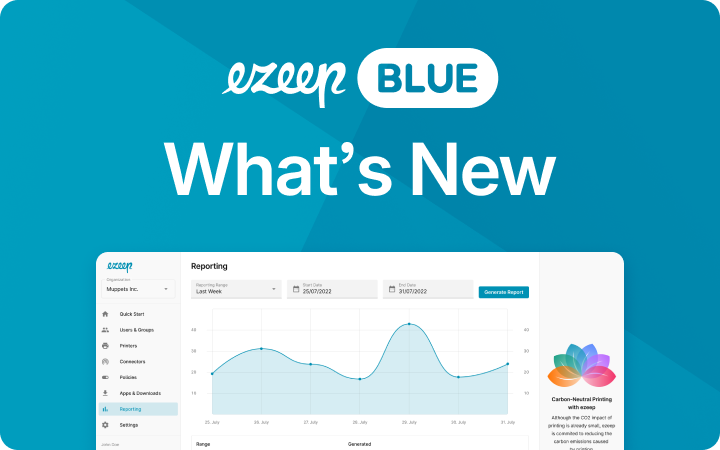3 Reasons Why Printing is a User Experience Nightmare
When it comes to technology and the way user interface has developed over the past 10 years, simplicity and intuitive design have changed the way we interact with the technology around us every day. Gone are the days when we were required to read through pages of instruction manuals and spend hours learning the navigation and features of a newly acquired product. Applications and tech gadgets today are often so intelligently designed that manuals have practically become obsolete and even children can understand intuitively how to operate technologically advanced devices.
The one exception to this is of course the brat of technology: printers. Here are 3 reasons why the user experience of computer printers is a nightmare.
1. Drivers
The way printers work today, every computer needs a driver in order to connect and interact with a printer. This is how it has been for decades and how it still is today. Since there are many different platforms and devices that offer printing, there are equally many drivers that need to be installed on each device for the printing to actually work.
As a consequence, users often have to spend time and effort to find the appropriate driver, download it to their device, install it, and repeat the process for every computer they want to connect to their printer.
Sound simple and intuitive? It’s not. The process users have to go through is a hassle and time-consuming. What should be a matter of plugging in a printer and printing is drowned in a complicated installation process that hasn’t changed in decades.
2. User interface
To actually print documents from a computer, users rely on the print interface of their operating system to set up, format and process print jobs. This interface varies according to the platform or application you are trying to print from. Often, print interfaces offer printer settings and features to customize each print job. For someone merely wanting to print a standard document, this print interface does not exactly promote simplicity.
Instead, a simple “print now” button across platforms and applications would be a solution to handle everyday printing needs. As it is, users are faced with options to choose between printers, format, print quality, watermark, color – the list goes on. All presented in a dialog that looks the same as it did 20 years ago. Of course there are cases where advanced print properties are required but for everyday printing a simple interface would provide an easier and more intuitive printing experience.
3. Maintenance
Unlike most other tech devices, printers have moving parts and supplies that must be replaced regularly. As such, a good amount of maintenance is required to have a printer working and printing effectively. This makes a printer not just a one-time investment but a device that requires time and money to work over time.
The need for maintenance cannot be avoided since printers, of course, need ink to do their job. However, the fact that black printer ink is one of the world’s most expensive liquids at a whopping $2700 per gallon (exceeded only by a few liquids including Chanel perfume and scorpion venom) has been subject to discussion and questioned by many. Tests have even found that ink level indicators on printers are often incorrect and that seemingly empty cartridges still contain ink.
Users may not be able to avoid having to continuously maintain their printer and buy ink refills, but the high ink prices and misleading ink levels do not seem to be in the favor of end users.
The printer – a lost cause?
In the end, the printer remains an important technological device that many rely on in their everyday work. In terms of simplicity and intuitive design however, printers seem to be stuck in a time where technology was complicated, not for the masses and in need of a serious overhaul.
What are your thoughts on printers vs. simplicity and intuitive design? Has technological innovation left printers behind or is a revolution in user-friendly printing just around the corner?

